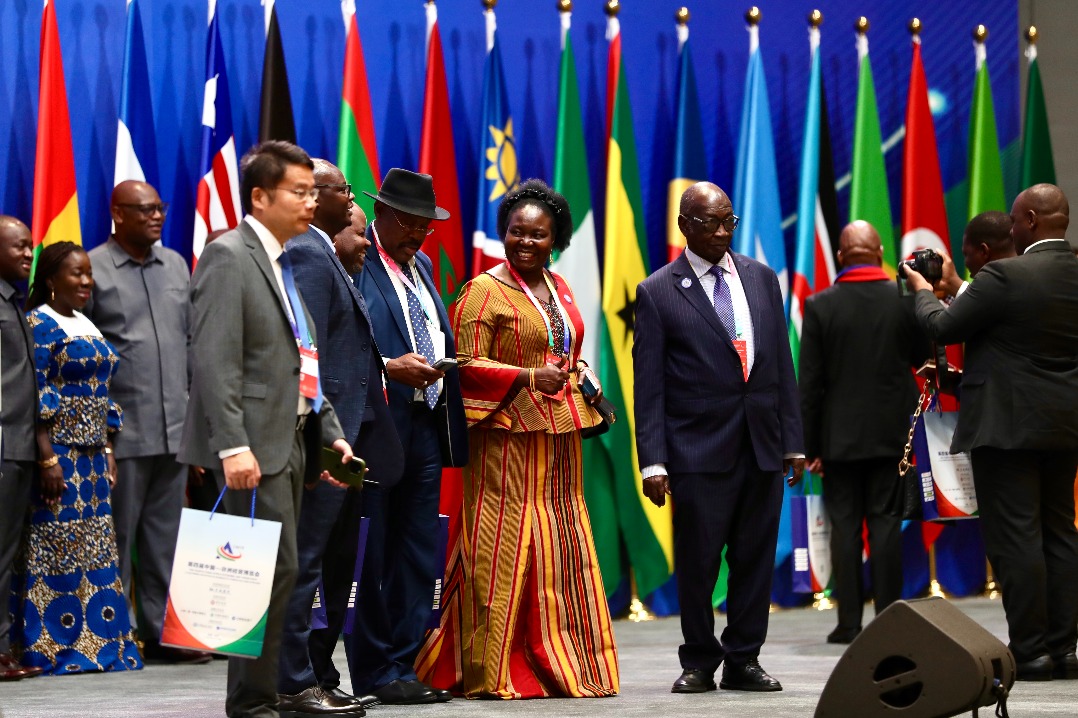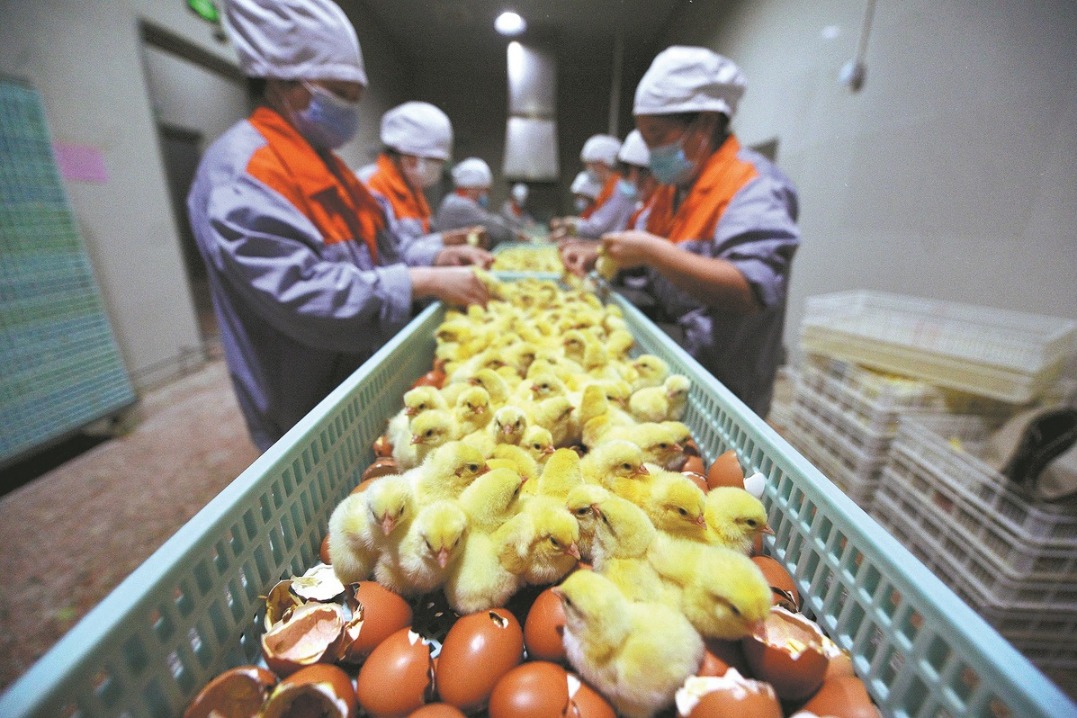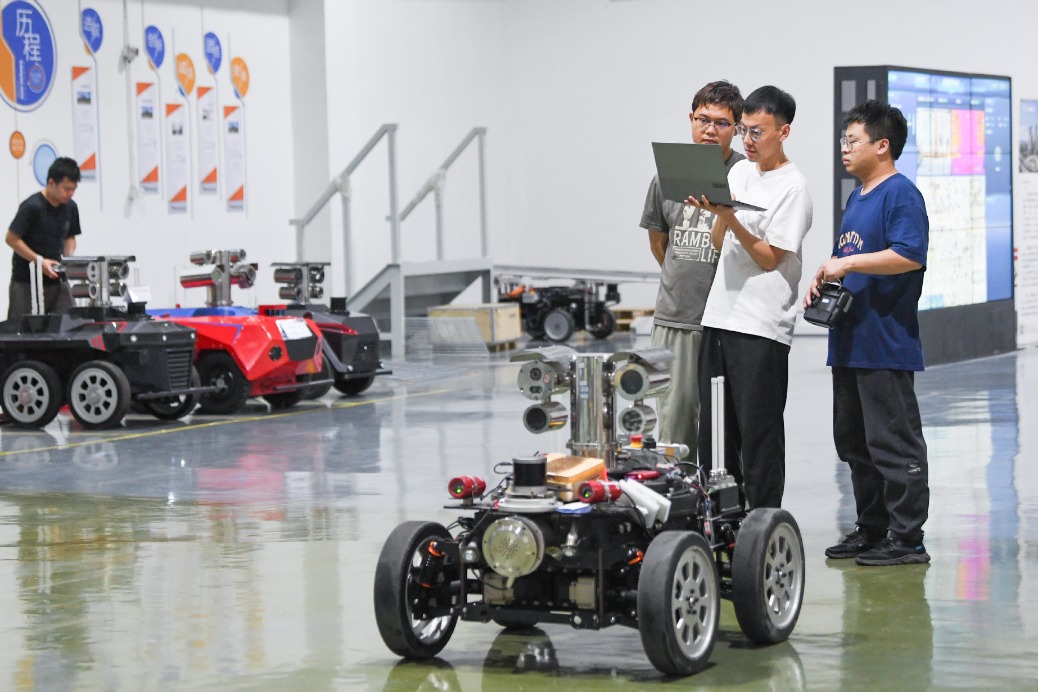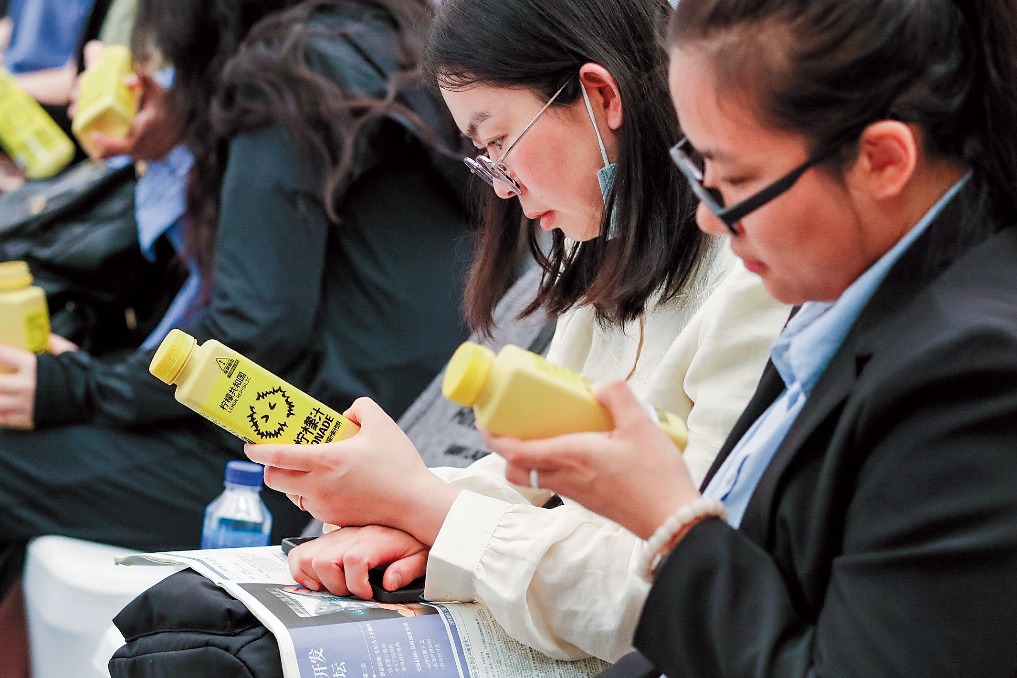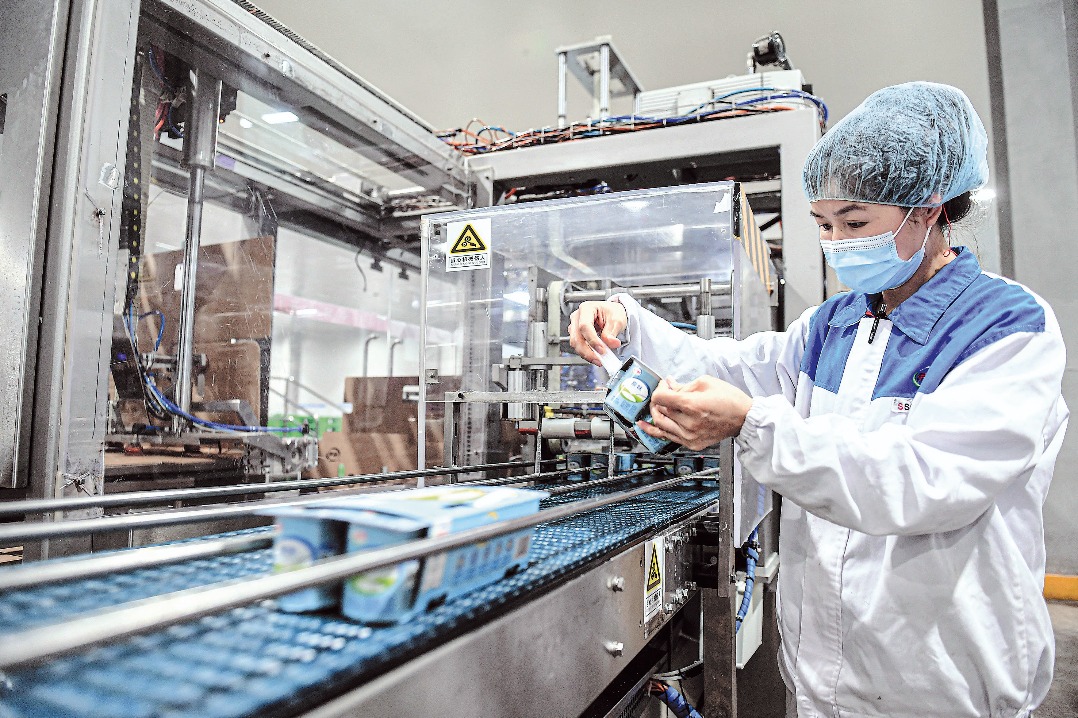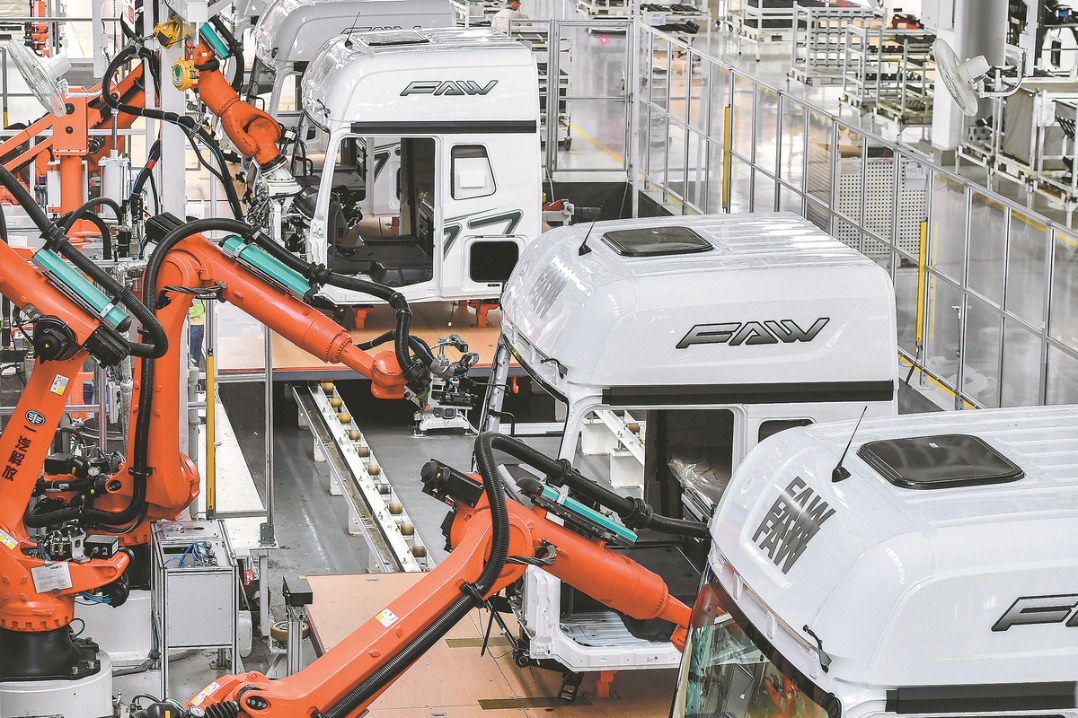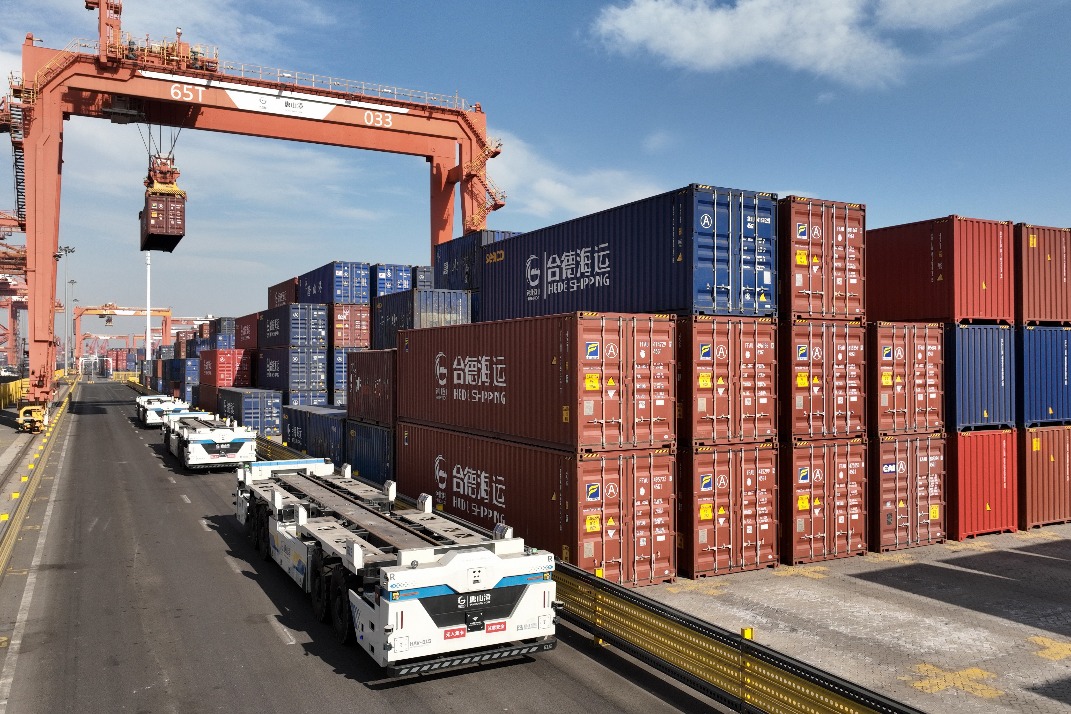NEEQ shines on healthier listings


Listed companies on New Third Board hot M&A targets for A-share enterprises
The quality of small and medium enterprises or SMEs listed on China's National Equities Exchange and Quotations, or NEEQ, is improving rapidly, market analysts said.
They attributed the improvement to the board's new stringent rules that allow only companies with impeccable financials to list, and encourage already-listed companies lacking in solid performance to delist.
Consequent to the new rules, the total number of NEEQ-listed companies reached 11,075 till Aug 20.
Some 15 SMEs were listed on the exchange, which is also known as the New Third Board, in the second week of this month alone. This year, 399 companies listed till Aug 9, the NEEQ said in a recent report.
The newly-listed NEEQ companies' average annual revenue was 139 million yuan ($20 million) last year, and average annual net profit was 8.14 million yuan, the report said.
Launched in early 2013 to supplement the Shanghai and Shenzhen stock exchanges, the New Third Board is often seen as an easier financing channel for SMEs due to low cost of listing and simple procedures.
Yang Jieqi, an analyst who researches the New Third Board for the XinSanban Think Tank, said the NEEQ is now very strict with rules and criteria for approving listing applicants.
"Many companies, which got listed several years ago, have delisted voluntarily in recent times after realizing they cannot meet the bourse's stringent standards.
"The new benchmarks were introduced in late 2017 to make the NEEQ more attractive to both investors and listing applicants.
"In 2015, companies rushed to get listed on the New Third Board, and investments just flowed into those companies irrationally," Yang said.
"Since many companies have been delisted, the exchange is sending a strong signal to investors that companies listed on it are worthy of being invested in, because they have met strict standards and have a promising future."
Many NEEQ-listed companies are reputable and have great potential for future growth; they operate well in their respective sectors in China, which is currently experiencing consumption upgrade, particularly in industries and segments like hardware, software, biomedicine and non-compulsory vaccine sectors, Yang said.
The exchange also serves as "a pool of M&A targets" for A-share companies foraying into a new industry, market or region. That's because it is a better choice for A-share companies to acquire existing influential NEEQ-listed SMEs in the targeted region or market segment than to establish new ones to compete with existing segment leaders, Yang said.
Lu Binbin, an analyst with market research firm Guangzheng Hengsheng, said in a recent report that A-share companies have shown more inclination to acquire NEEQ-listed SMEs with good profitability this year, compared with 2017.
For such small or midsized companies, the M&A proposition has become more attractive because it is difficult to evolve into an A-share listed company these days, given the stricter rules that are applied in the evaluation of applications for A-share initial public offerings, Lu said.
According to government data, SMEs take up 90 percent of Chinese enterprises, and contribute more than 60 percent of the Chinese GDP, and more than 80 percent of the country's urban labor employment.
SMEs also contribute more than half of the country's total tax revenue, and more than 70 percent of technological innovations.
Chinese authorities have been paying increasing attention to the development of SMEs.
On Aug 20, a leading group for promoting the development of SMEs headed by Vice-Premier Liu He stressed at a conference the need to create an environment more conducive to their development.
The group highlighted that alleviating financing difficulties, broadening direct financing channels, and strengthening intellectual property or IP rights protection for innovations are important.
Toward the end of last year, China amended the Law of Promoting Small and Medium-sized Enterprises, to promote the development of SMEs through cost-cuts and creation of an ecosystem that is supportive of innovation.
Xinhua contributed to this story.


















